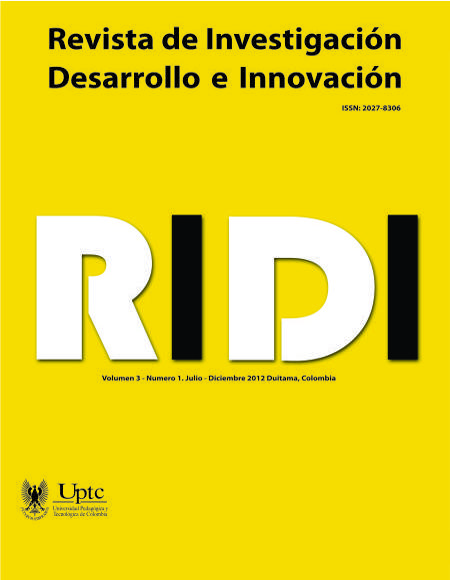Positioning system applied to the 3D printing technique: modeling by fused deposition

Abstract
This paper presents the design and construction of a mechanical positioning system, which is part of a mechatronic prototype that integrates the areas of electronics, mechanics, control and computing, forming a synergy leading to create an automated machine that meets the technical requirements and requirements for a 3D printer, using a rapid prototyping technology (Fused Deposition Modeling: FDM), to produce a part designed on a CAD software, through the positioning and the action of a plastic extruder tool in three dimensions.
The proposed methodology provides, step by step, the design and construction of the mechanical system of three-dimensional Cartesian positioning, which takes into account the variables and processes necessary for optimal response of the machine, with regard to surface finishing, printing time, emergency stops, and so forth.
Keywords
motion control, 3D printing, rapid prototyping, mechanical system.
Author Biography
Edgar Absalón Torres Barahona
Ingeniero electromecánico. Msc. Ingeniería mecánica. Profesor asistente, UPTC
Jersson Xavier León Medina
Estudiante de ingeniería electromecánica.
Edwin Torres Díaz
Estudiante de ingeniería electromecánica.
123 Grupo en Energía y Nuevas Tecnologías “GENTE”. Universidad Pedagógica y Tecnológica de Colombia Facultad Seccional Duitama. Carrera 18 Calle 22, Duitama, Boyacá, Colombia.References
- Pearce, J. (2010). 3-D Printing of open source appropriate technologies for self-directed sustainable development. Queen's University 60 Union St., Kingston.
- Ardila, J. (2007) .Manufactura por capas: prototipado rápido. Universidad Nacional de Colombia .sede Medellín.
- Heynick M., Stotz I. (2006).3D CAD, CAM and Rapid Prototyping. LAPA Digital Technology Seminar Workshop 1: April 06, 07, & 08
- Gibson, I. (2005). Rapid Prototyping: A Tool for Product Development. The University of Hong Kong. Computer-Aided Design & Applications, Vol. 2, No. 6, pp 785-793.
- Montero, M. et al. (2001). Material Characterization of Fused Deposition Modeling (FDM) ABS by Designed Experiments. Society of Manufacturing Engineers. University of California, Berkeley.
- Vargas, H. (2004). Estudio de la calidad superficial en el prototipado rápido, Proceso FDM. Universidad Nacional De Colombia, Bogotá.
- Pham, D. y Gault, R.(1998).A comparison of rapid prototyping technologies. International Journal of Machine Tools & Manufacture. pp1257–1287.
- Kumar, V. Dutta, D.(1997), “An assessment of data formats for layered manufacturing”, Advances in Engineering Software, pp 151–164.
- Kenneth I.(2002). Breshenham’s Algorithm. Visualization and Graphics Research Group. Department of Computer Science. University of California.
- Chang, T., Wysk, A. & Wang H. (1998). Computer-Aided Manufacturing, Second Edition. pp 596 to 598. Prentice Hall.
- ZOU Guolin et al. (2002), Analysis on Influence Factors of Extrusion Filament Process of FDM Dalian University of Technology, Manufacturing Technology & Machine Tool;
- Angeles, J. (2007), Fundamentals of Robotic Mechanical Systems: Theory, Methods and Algorithms, 3rd ed, Springer Science+Business Media, pp 49-52.